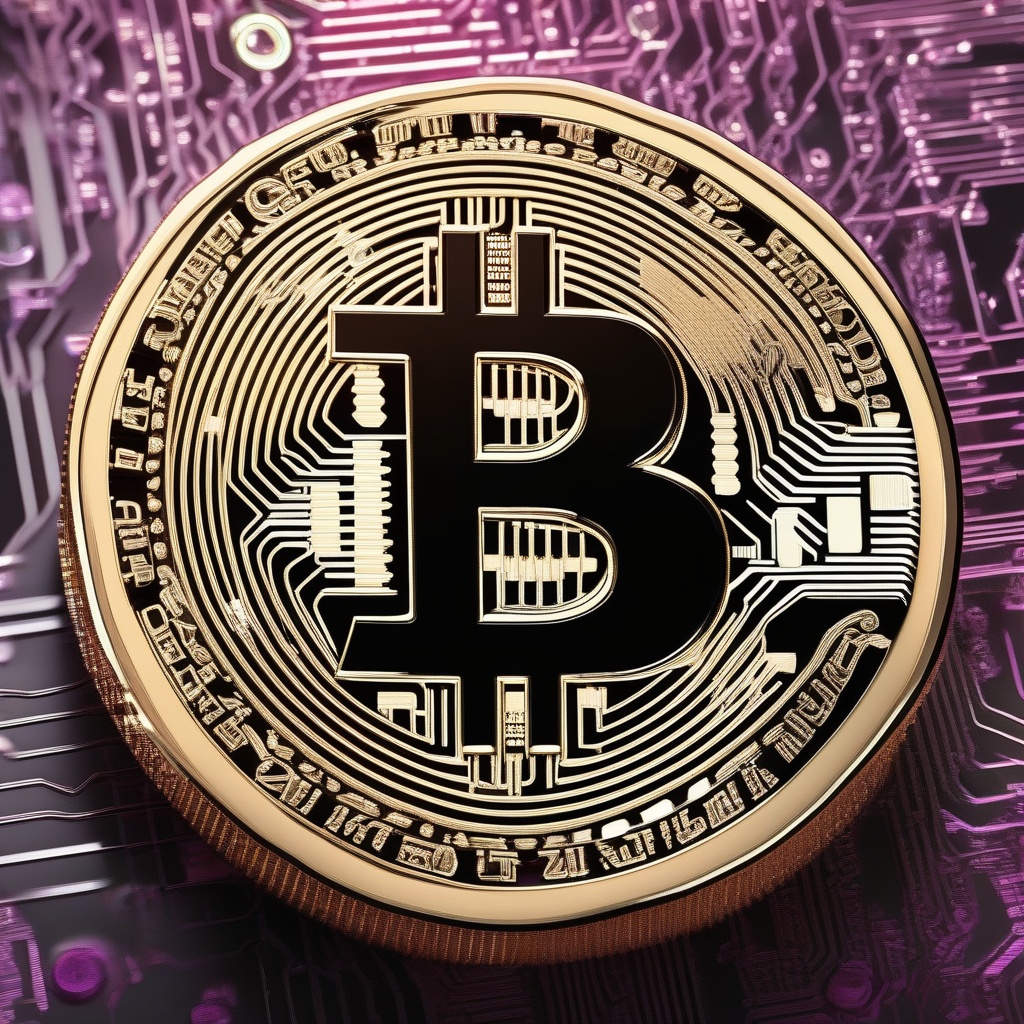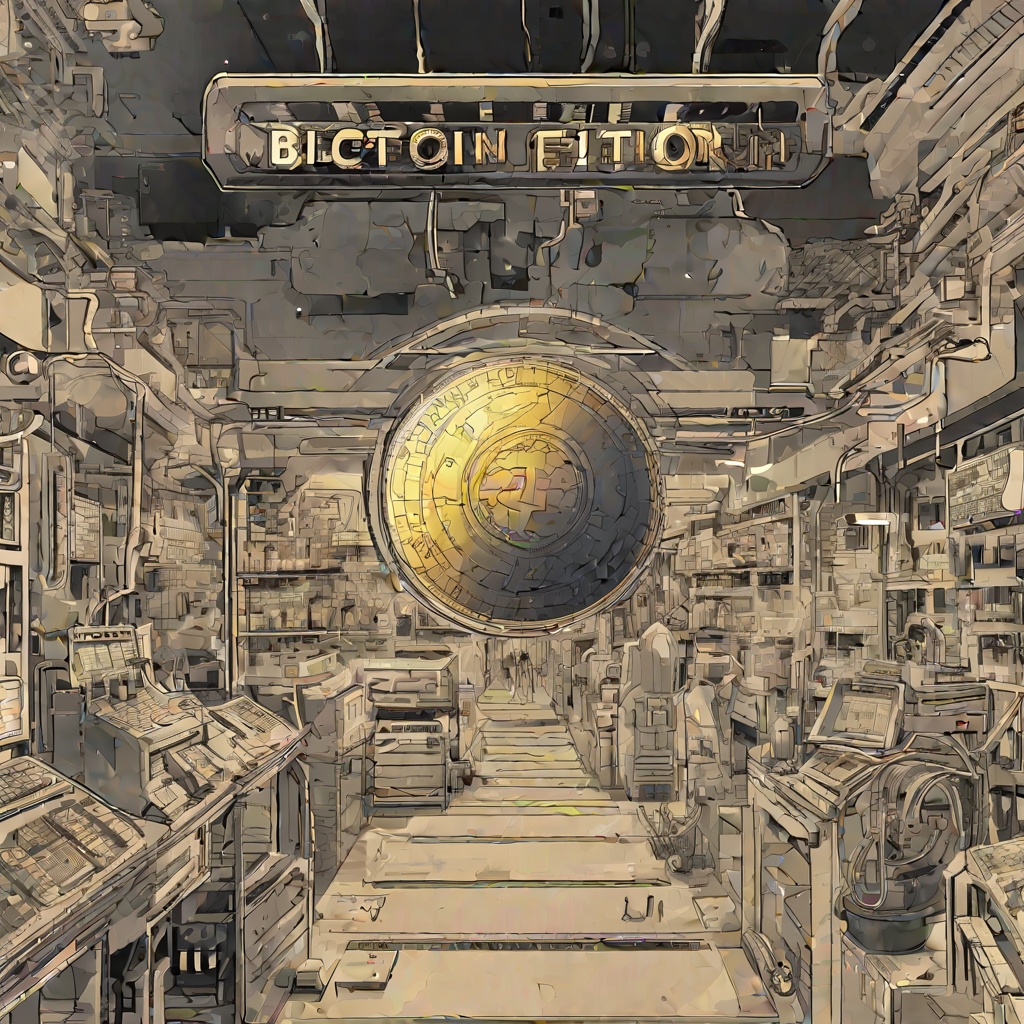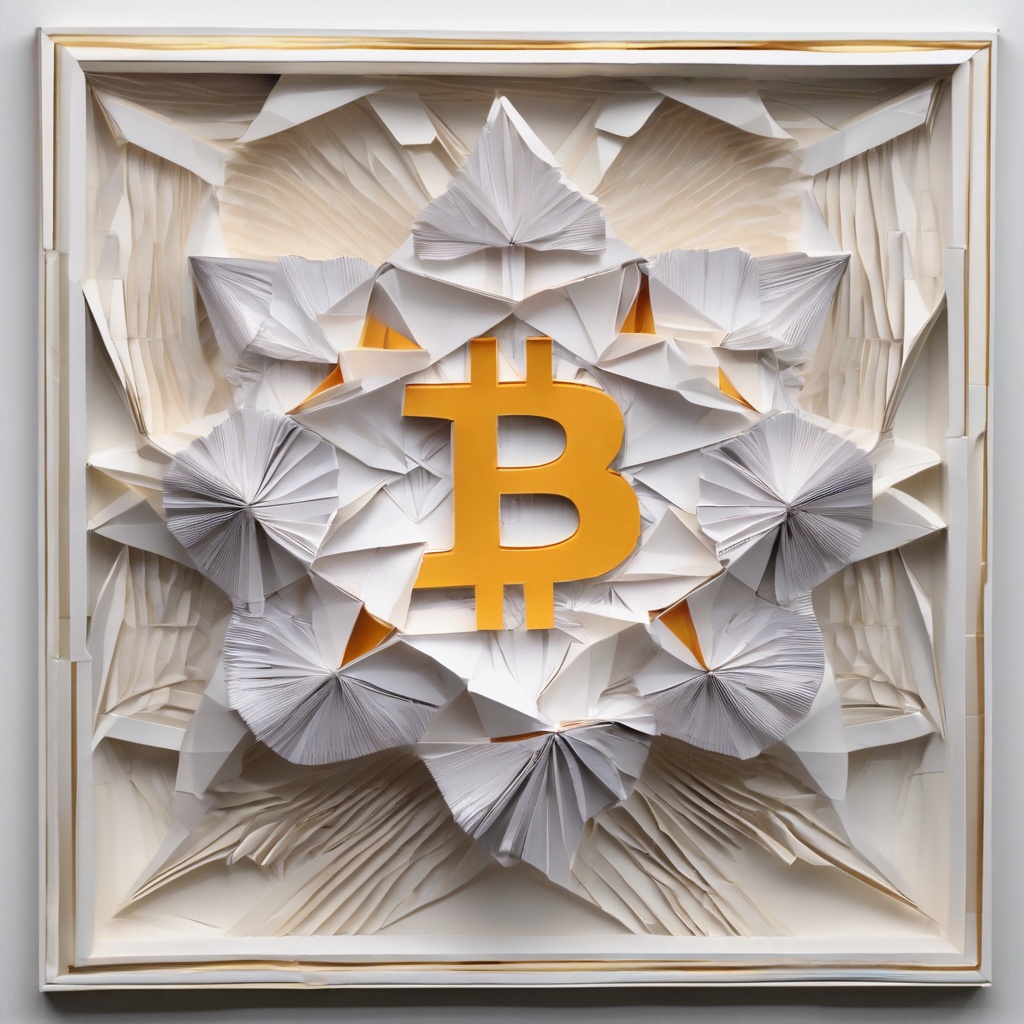Will Bitcoin ever reach 1 million?
As a cryptocurrency enthusiast and financial practitioner, I often find myself pondering the future potential of Bitcoin. The question that continually surfaces in my mind is: Will Bitcoin ever reach the elusive milestone of 1 million? This question is not just a simple numerical projection; it delves into the very heart of Bitcoin's underlying technology, its adoption rate, and the global sentiment towards digital currencies. With the ongoing advancements in blockchain technology and the increasing number of institutions and individuals embracing Bitcoin, the answer to this question remains an intriguing possibility. However, it's crucial to remember that Bitcoin's journey is not just a sprint; it's a marathon. So, will it cross that million-dollar finish line? Only time will tell.

What is the age group for FRAX?
Inquiring minds want to know: What demographic range does FRAX cater to? Is it a crypto-asset tailored for young tech enthusiasts or does it appeal to a wider audience, encompassing both seasoned investors and those new to the digital finance world? As the cryptocurrency and finance landscape continues to evolve, it's crucial to understand the target audience for FRAX and how it aligns with the varying needs and preferences of today's investors.

Is Meta still worth buying?
Given the recent developments and market fluctuations surrounding Meta, the question of whether it's still worth buying begs for a thorough analysis. As investors, we must consider the company's financials, future growth prospects, as well as its ability to navigate an increasingly competitive digital advertising landscape. Meta's pivot to the metaverse has also raised questions about its long-term strategy and execution. Moreover, regulatory risks and data privacy concerns continue to loom large over the company. Therefore, it's crucial to evaluate these factors and determine if Meta's current valuation offers a compelling opportunity for long-term gains or if it's better to wait for clearer signals of stability and growth.

Does LRC have a future?
In the ever-evolving landscape of cryptocurrencies, many investors and enthusiasts alike are left wondering about the potential of various digital tokens. Among them, the question surrounding Loopring (LRC) remains a particularly salient one. Could this decentralized exchange protocol powerhouse, known for its unique role in facilitating non-custodial token swaps, actually have a significant future in the crypto market? While its current market capitalization may not be as eye-catching as some of its peers, LRC's underlying technology and vision for a more decentralized future of finance begs the question: Does LRC have a future? Could it potentially emerge as a key player in the decentralized finance revolution? Or is it destined to fade into obscurity in the crowded crypto market? These are the queries that investors and enthusiasts alike are keen to have answered.

What is a $10000 dog?
Could you elaborate on the phrase "a $10000 dog"? It seems to be a rather unconventional expression. Is it referring to a particular breed of dog that costs approximately $10,000, such as a purebred show dog? Or is it a metaphorical reference to a highly valuable asset, perhaps a cryptocurrency investment that has reached that significant milestone? If it's the latter, could you explain how one would acquire such an asset and what factors contribute to its high value? The context surrounding this phrase is quite vague, so any clarification would be greatly appreciated.

